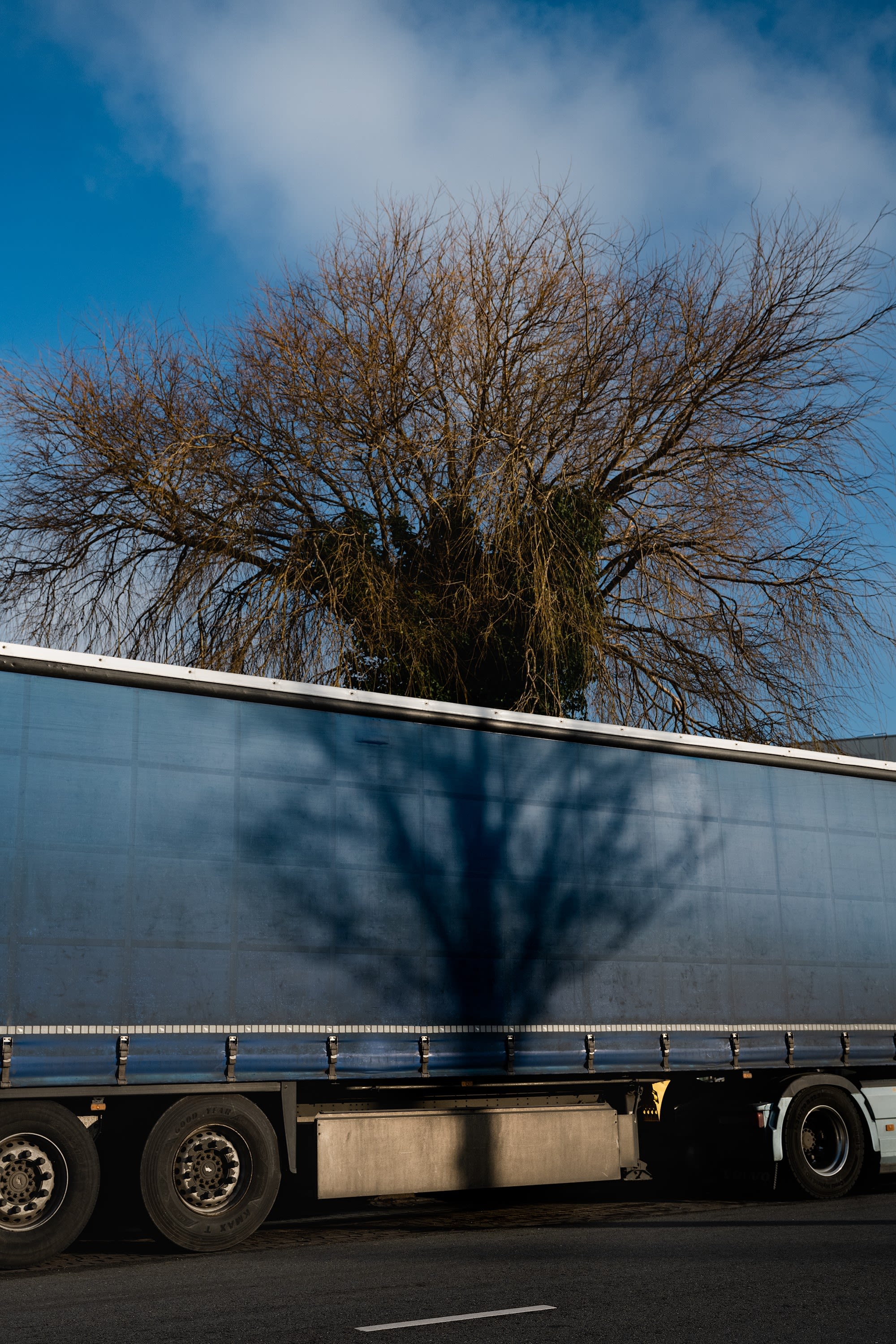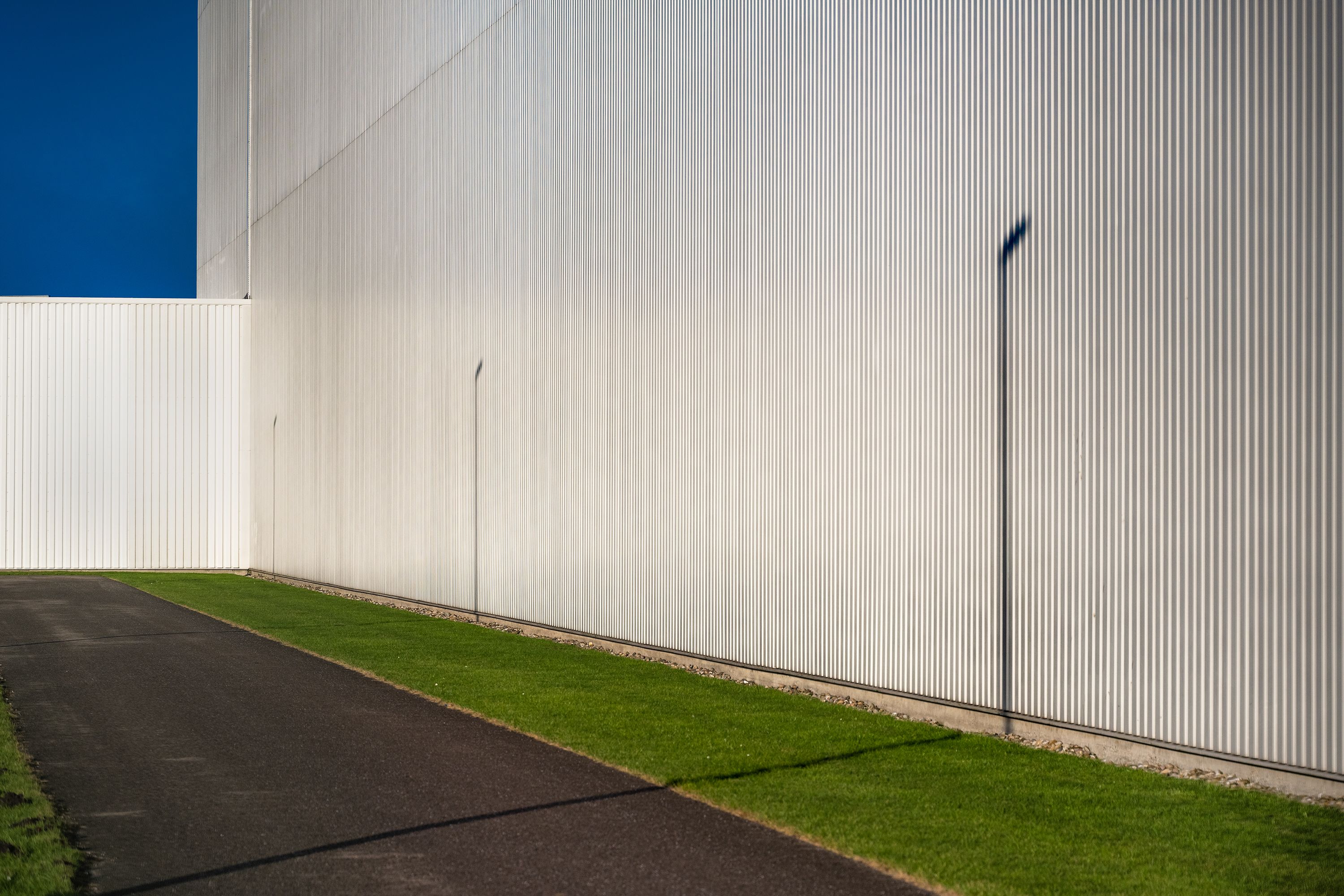Dealing with climate change
Climate questions answered from the perspective of law, biodiversity and urban planning.

Climate change is one of the greatest challenges of our time. UvA researchers are looking for ways of shaping a more sustainable future. What impact can the law have on nature and future generations? How can we help the soil keep the planet healthy? And how can we make cities cooler and greener for everyone in the meantime?
'Greening policy too often is an afterthought.'
Human rights versus economic interests
‘A unique verdict,’ researcher Laura Burgers calls the judge's ruling in the case brought by Milieudefensie against Shell. Burgers examines climate rights. The judge weighed human rights up against economic interests and came to the conclusion that Shell was acting unlawfully and had to change.
‘This represented a new interpretation to the duty of care clause in the Dutch Civil Code,’ says Burgers. ‘Under this clause, everyone has a duty of care: for example, you're not allowed to prune a tree in your back garden if the branches would fall on your neighbors' head as a result. In this case, the judge ruled that this clause also applies to the actions of a company in the context of climate change. This is a first.’


The law as a tool
The law is a fascinating tool when it comes to guaranteeing quality of life, says Burgers. ‘It is both a reflection of the status quo and a resource that has the potential to bring about significant change.’ The law is made by people, it is not neutral and it has a major impact on human actions.
‘We’ have, for example, decided that contract law applies between two parties only. If someone buys a T-shirt from H&M and subsequently finds out that a river was polluted during its production, they can't file a complaint because the contract law around the purchase of that T-shirt doesn't take that river into consideration. ‘So, existing legislation allows companies to produce things very cheaply at the expense of people and the environment elsewhere - often in third-world countries.’
The conflicts around the shaping of new laws fascinate Burgers. As things stand, economic activities like mining, production of cheap clothing and oil extraction are at odds with the interests of people in other countries, future generations or nature itself. In a democracy, representatives of the people draw up the law and, as a result, the interests of parties elsewhere or in other time frames are not represented. ‘Who can have a say on the law? Where is the support for it? These are the questions that we need to find answers to in the years ahead.’


Grey versus green
Inequality and representation are important themes, not only in the context of preventing climate change but also in the context of mitigating the consequences thereof, says Mendel Giezen, whose research focuses on Climate Proof Cities, Low Carbon Urban Development, and Smart Cities.
Stone, concrete and asphalt make temperatures in cities considerably higher than in surrounding areas, so it's important to create green spaces – ideally in combination with water – to counter urban heat stress.
Giezen has discovered that this greening is more successful in more affluent areas of cities. ‘In districts where there are lots of problems, there is less money available for greening. That's understandable. If young people are hanging around on the streets because there's nothing to do, it may be important to make money available for a boxing school, for example. But this is at the expense of greening in poorer districts.’
Money and engagement
But it's not just about money, if a greening policy is to be successful, engagement is important too. And Giezen discovered that this engagement also varies significantly from one urban district to another. In poorer districts, greening is more likely to be planned and implemented from the top downwards. ‘Community engagement ensures that greening is embedded more effectively: that it materialises in places where people actually go and that people take responsibility for looking after it – in other words, that it thrives.’
The will to be greener
It is not that local authorities don't have the will to make their communities greener, but things often go wrong because local authorities also have to build new homes. ‘Greening policy and housing policy are often incompatible.’ Giezen discovered that, in spite of all the promises around greening, the number of trees in Amsterdam decreased significantly between 2003 and 2018. ‘Greening policy, still, is too often an afterthought. And you often find that a square ends up being made of stone because the architect thinks it looks nicer or because stone is easier to maintain.’ But local authorities can no longer afford to make such mistakes, says Giezen. ‘We must think in a nature inclusive way from the outset.’


Cooling greenery
The cooling greenery above the ground does not stand in isolation, says Professor of Earth Surface Science Franciska de Vries. Without the life under our feet, these plants and trees would not exist. Twenty-five per cent of global biodiversity is found below the ground: the fungi, nematodes, bacteria, mites, moles, worms and protists that the soil is full of. ‘They are unknown and therefore unloved but they are crucial for all life on earth,’ says De Vries.
Millions of years ago
It was the first plants and the underground fungi that they cooperated with that, hundreds of millions of years ago, extracted CO2 from the atmosphere, thereby paving the way for the rest of the life on this planet. Most of that CO2 ended up in the soil, among other things as the coal and oil that we use as fuel – whereby we return that CO2 to the atmosphere.
Soil
De Vries researches how the interplay between plants and soil can ensure that the CO2 that is captured in the soil is retained. ‘We want to keep the soil healthy, so that this carbon is retained.’ De Vries has discovered that different types of plants, with different types of roots, have different relationships with the soil that surrounds them.
Fungi
Some plants, grasses for example, have an extensive network of thin roots and absorb nutrients autonomously. Other plants – such as plantain and docks and sorrels – have a thick tap root and rely heavily for their nutrients on working in cooperation with specific fungi known as mycorrhiza fungi. In ‘exchange’ for these nutrients, these plants pump sugars into the soil.


Climate change
But if the soil and its greenery are to be protected, it is also important to understand the impact of climate change on interactions between soil and plants. ‘What is the impact of flooding, heat, drought, salinisation?’ When it comes to futureproof soils, diversity is key. ‘Micro-organisms can help plants and trees to cope with climate change.’
'So we must retain as many different micro-organisms as we can, so there is as much resilience and flexibility in the system as possible.’
Livestock
If you want to help retain this soil diversity, you're best to eat less animal based and more plant based food, says De Vries. Artificial fertiliser, pesticides and ploughs damage soil health. And livestock is a major driver here, because of all the soya and maize that's used as animal fodder. ‘If there's less livestock, there'll be more room for nature and forests, which will allow a far richer soil to develop.’
Photographer David van Dartel captured the images to accompany this story
David van Dartel (Raalte, 1995) is a Dutch photographer whose work deals with themes of friendship and masculinity. For this series, he spent a week photographing the flora and fauna he encountered in Amsterdam, and discovered that the city, as its own ecosystem, has enormous diversity.



